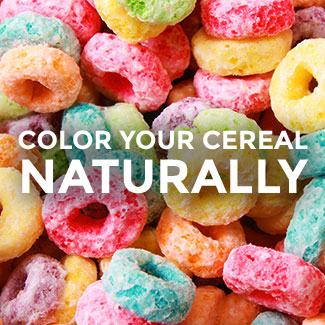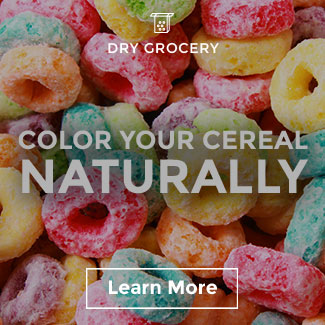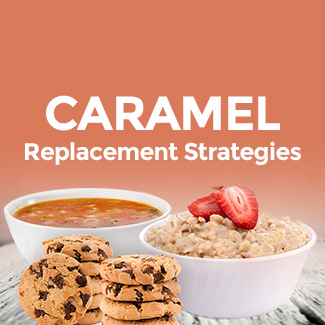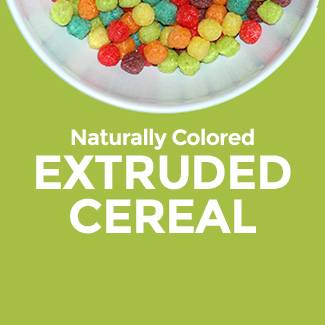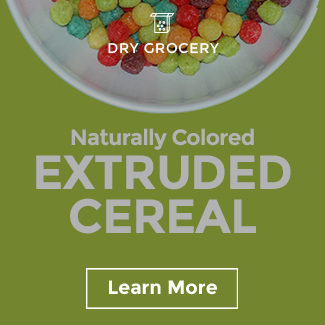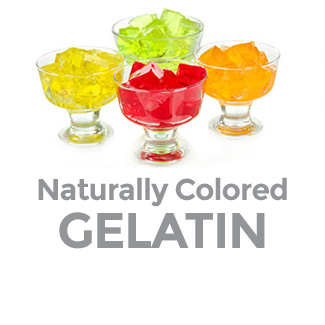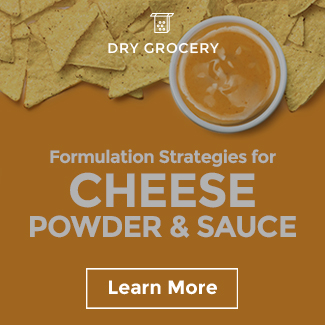Fruit Snack Formulation Strategies
novembro 2015
Even before General Mills announced in August that they were removing synthetic colors from their fruit snacks, we had received a lot of inquiries about transitioning to natural colors for these popular kid snacks. Then just a few weeks ago, Welch’s came under some fire over some of their ingredients and claims. The net result is an increased urgency to replace artificial color in fruit snacks. Given that Moms today are voicing concern about the presence of synthetic colors in food products, this doesn’t come as much of a surprise. There are a few unique challenges that need to be overcome when the decision is made to replace synthetic colors with colors from natural sources in fruit snacks. As is the case with many natural color conversions, stability is a potential issue. But let’s look at it a bit more closely.
- Many fruit snack brands add vitamins to the product that can create color stability challenges. In particular, the presence of ascorbic acid will lead to shade degradation for many anthocyanin colorants.
- Shade shift can occur when using anthocyanins at higher pH levels. An intended red match can easily shift to purple at levels above a pH of 4.0.
- Overcoming the underlying tint in the fruit snack base in order to hit appropriate shade targets is another hurdle. Frequently, the shade of the base can have a yellow hue that may brown over time and this affects the overall color of the fruit snack.
- The heat step in the fruit snack manufacturing process can be a problem for certain natural sources, notably beet or spirulina.
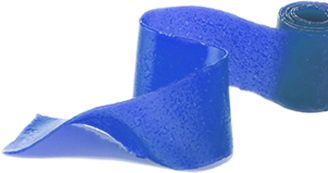
- For the base, the addition of an opacifier will overcome the yellowish tint. The most obvious is titanium dioxide, which performs extremely well and is very cost effective. For manufacturers who are trying to avoid TiO2, Sensient’s Avalanche is a good alternative that will provide the necessary opacity.
- In order to overcome heat stability issues, there are a couple of approaches depending on shade target. For red shades, employ a heat-stable red instead of an anthocyanin option. Sensient offers a heat stable beet that generally works quite well. Another possible approach would be to adjust the manufacturing process and add the color later to avoid degradation or shade shift.
- As noted earlier, anthocyanin derived colors can be problematic depending on both pH level and the presence of ascorbic acid. In addition to the heat-stable red noted above, annatto or deodorized colors such as Sensient’s Pure-S natural orange can be an ideal solution. In the case of annatto, a stabilized acid-proof annatto would be required to prevent precipitation.

For those who want to avoid spirulina altogether, some brands may want to consider whether to move away from blue and green shades. However, Sensient’s Natural Blue does offer up a nice blue alternative. From a shade standpoint, Sensient Natural Blue is denim-like and closer to Blue #2 than the traditional Blue #1. Additionally, because it is a vegetable juice, stability with ascorbic acid needs to be considered but generally it is a very stable color.
Overall, there are many more options for naturally colored fruit snacks than was the case a few years ago. I am sometimes amazed at how far we have come in such a short period of time. If you are working on a natural fruit snack project and want to discuss some potential strategies, please contact me directly or you can request a consultation.



